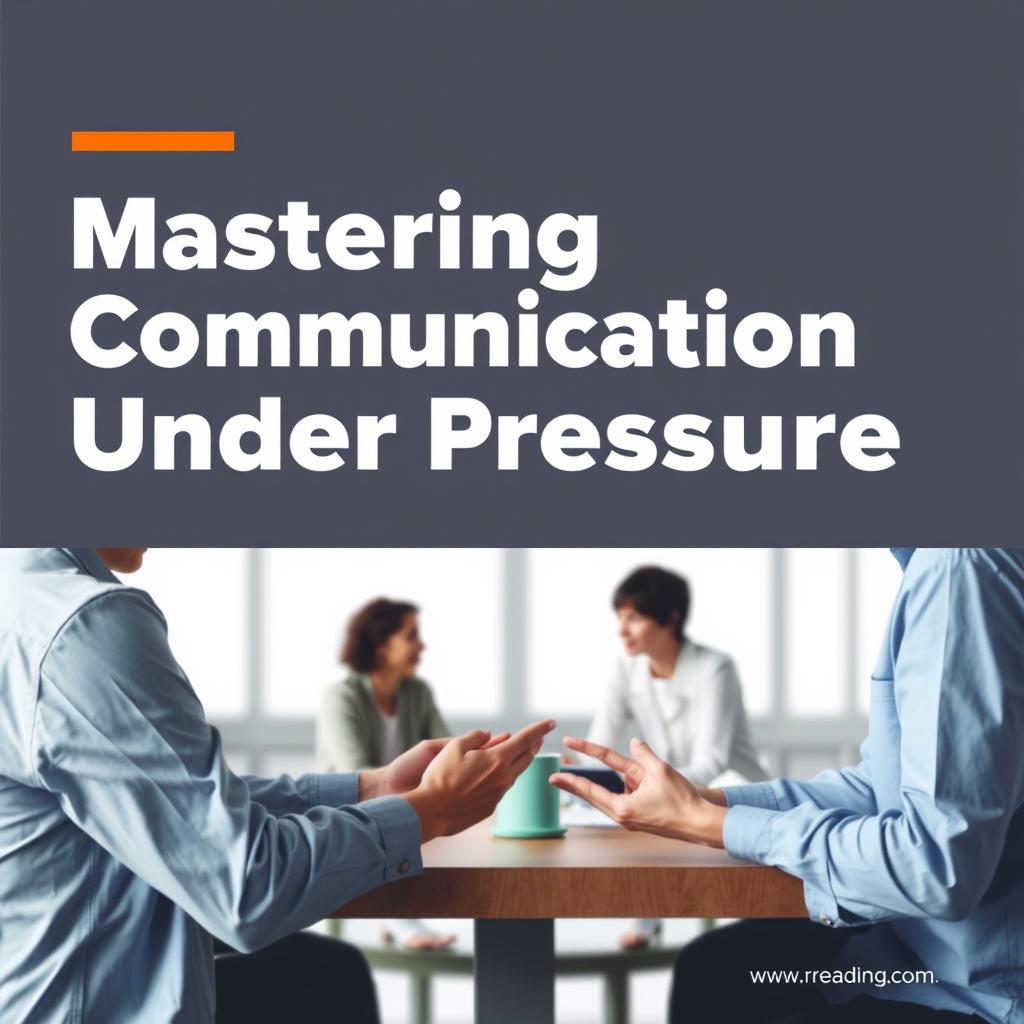Mastering Internal Documentation for Digital Natives: Best Practices That Elevate Your Communication
Estimated Reading Time: 8 minutes
Key Takeaways
- Effective Communication: Essential for modern businesses.
- User Engagement: Tailored documentation resonates with digital natives.
- Best Practices: Incorporate concise language, multimedia, and gamification.
- Accessibility: A centralized knowledge repository enhances collaboration.
- Adaptation: Continuous improvement is necessary for success.
Table of Contents
Introduction
In today’s fast-paced digital landscape, effective communication has never been more crucial. Businesses increasingly rely on internal documentation to guide employees, share knowledge, and facilitate collaboration. However, traditional documentation methods often fall short when catering to the needs of digital natives—individuals who thrive on instant access to information and prefer engaging, user-friendly content.
The challenge lies not just in producing documentation but in ensuring that it resonates with tech-savvy, modern users who are accustomed to intuitive interfaces and dynamic learning methods. Merely transforming long documents into online resources isn’t enough. To succeed, organizations must adopt strategies that reflect the unique learning preferences of their audience.
So, how can businesses rise to the challenge of creating engaging and effective internal documentation? The answer lies in a strategic approach that incorporates best practices tailored for digital natives. Our comprehensive guide will explore actionable techniques that you can implement immediately to enhance your internal documentation. By the end of this post, you will be equipped with the insights needed to create documentation that informs and inspires.
Visit us at professionalizeitto.me for additional tools and personalized support as you navigate the transition to modern documentation practices!
Examples and Templates
To provide clarity on our recommended practices, let’s dive into specific examples and templates that illustrate how to fundamentally reshape your internal documentation to better resonate with digital natives.
1. Format and Structure
- Microlearning Modules: Embrace the “5-minute rule” by creating modules that your employees can complete in under five minutes. For instance, develop a series of short video tutorials or interactive PDF guides. Here’s a template:
- Module Title: Installing [Software Name] in Under 5 Minutes
- Introduction (30 seconds)
- Installation Steps (3 minutes)
- Step 1: [Description]
- Step 2: [Description]
- Quick Tips (1 minute)
- Quiz (for reinforcement)
- Module Title: Installing [Software Name] in Under 5 Minutes
- Multimedia Integration: Videos are highly effective for complex procedures. Use screen recording tools like Loom to create engaging tutorials. Remember to include captions for accessibility!
2. User-Friendly Interface
- Faceted Search: Implement a search feature that allows employees to filter results based on roles, topics, and needs. This may look like:
- Filter Options: By Product / By Feature / By User Role
- Clear Navigation: Create a logical hierarchy in your documentation. An effective sitemap displaying major categories and subtopics will help users find what they need quickly.
3. Concise Language
- Active Voice: Keep your language clear and straightforward. Replace passive sentences. For example:
- Instead of “The button is clicked by the user,” say, “The user clicks the button.”
- Readability Checks: Use readability tests like the Flesch-Kincaid to ensure your documentation is easily understood, aiming for a grade level of 8 or lower.
4. Engagement and Gamification
- Gamified Learning: Encourage completion of documentation by awarding points or badges. For example:
- Participants earn 5 points for completing a module and can receive rewards after accumulating 50 points.
- Interactive Elements: Consider using quizzes with instant feedback at the end of modules. This reinforces learning while making it fun!
5. Accessibility and Collaboration
- Centralized Repository: Implement a knowledge management system like Confluence. Create structured guidelines for maintaining the repository, including who is responsible for updates.
Get Started Now!
Want to empower your team with modern internal documentation techniques? Visit professionalizeitto.me and explore our resources, including tools to create engaging microlearning modules, templates for multimedia integration, and expert guidance on enhancing communication within your organization.
Subscribe to our newsletter and get instant access to exclusive content designed to elevate your internal documentation practices. Or reach out to book a personalized consultation tailored to your unique needs—bringing clarity and professionalism to your internal communications has never been easier!
Conclusion
In conclusion, embracing the progressive approach to internal documentation tailored for digital natives is not just beneficial, it’s essential. The tools provided above will facilitate the transition, but continuous learning and adaptation are key. By prioritizing effective communication, your organization can harness the full potential of its workforce while significantly enhancing productivity and collaboration.

